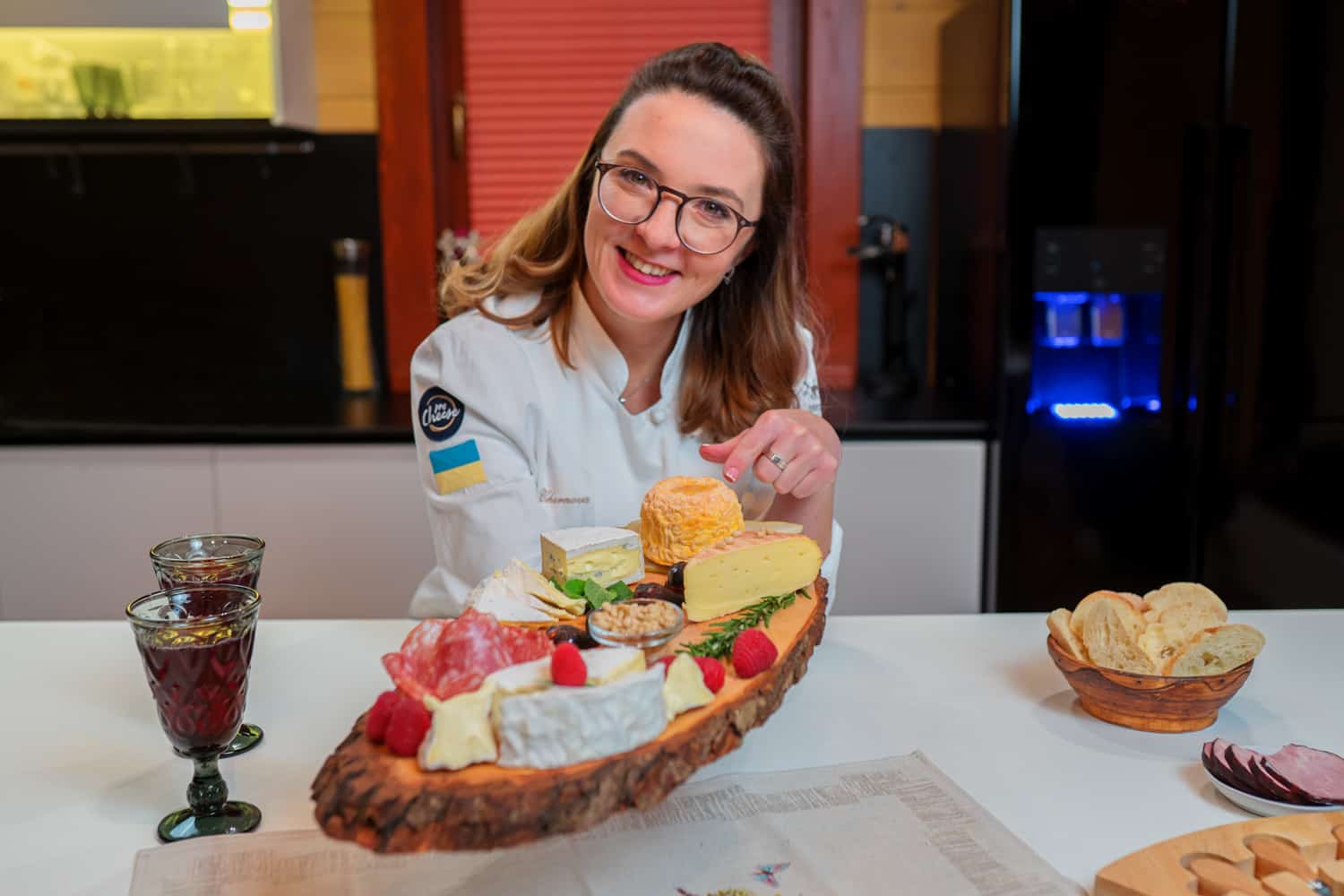
Ukraine has a lot to be proud of when it comes to cheese. We already have more than 300 cheesemakers, and this number increases yearly. The annual consumption of cheese has also grown accordingly. Last year it was about 5 kilograms per capita. While Ukrainians are still relatively new to cheesemaking, our skills and productivity are developing rapidly.
Information that has been preserved claims that cheesemaking has existed in Ukraine for over 1,000 years. Much of it has been concentrated in the regions of Transcarpathia and Ciscarpathia, where dairy farmers and cheesemakers have fought hard to preserve their traditions and culture. Many traditional cheeses were made with milk from sheep, and from the long-standing but disappearing Ryzhka breed of cows. Fortunately, at the modern eco-farm Zeleniy Hai in Transcarpathia, farmers are crossing local breeds of Ryzhka and Mokan cows with various breeds of brown alpine cattle. They have also sheltered around 600 animals during the war.
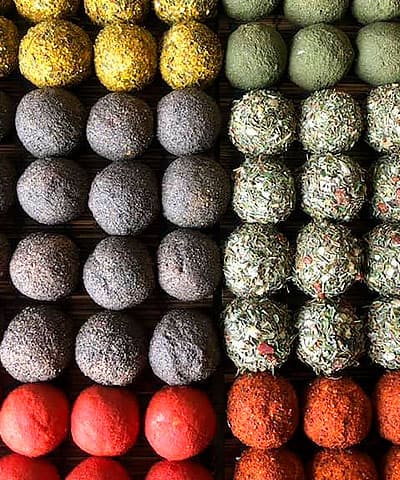
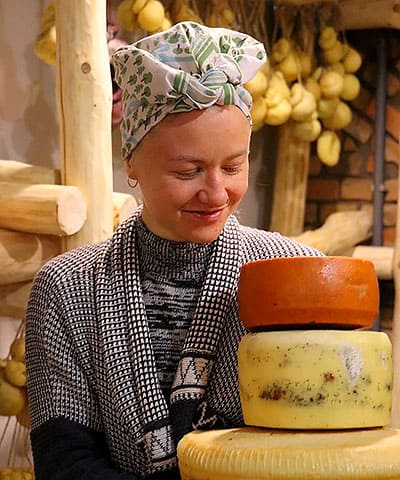
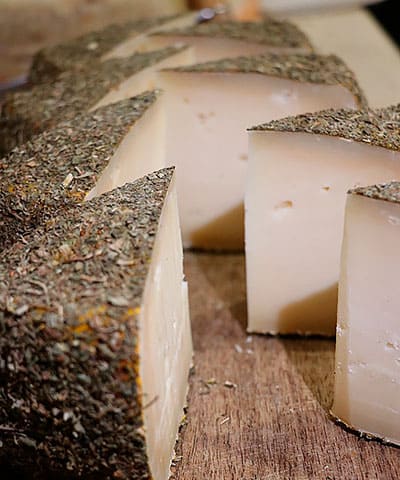
The dairy products that Ukrainian consumers have traditionally preferred are ryazhenka, sour cream, kefir, and huslyanka. Ryazhenka has always been a special product—milk steamed for a long time in the oven, then cooled to room temperature, topped with several spoons of sour cream or heavy cream, and stored in a warm place for the night before being ready for consumption. The film formed on the surface is so sweet that it resembles milk caramel. It is still one of my personal favorites.
Few facts remain about the development of cheesemaking during Soviet times (1922-1991) because much of the literature was destroyed. Thanks to countries in Western Europe valuing their history, information about cheese has been preserved. We know from these sources that in 1960, at an exhibition in Marseille, the Soviet Union was represented by Ukraine with Stanislav cheese (now called Frankish cheese), produced in the Carpathian region. It was one of Ukraine’s first entries to an exhibition of this class and the world cheese arena.
Ukraine’s water buffalo population, which was destroyed during the Soviet era, is currently being restored, including at the Carpathian buffalo farm Karpatskyi buyvil. This farm and creamery is famous for its mozzarella and other types of cheese. It is also known for its condensed milk, which has significant taste and nutritional advantages compared to cow’s milk and salted caramel, which is made based on heavy cream.

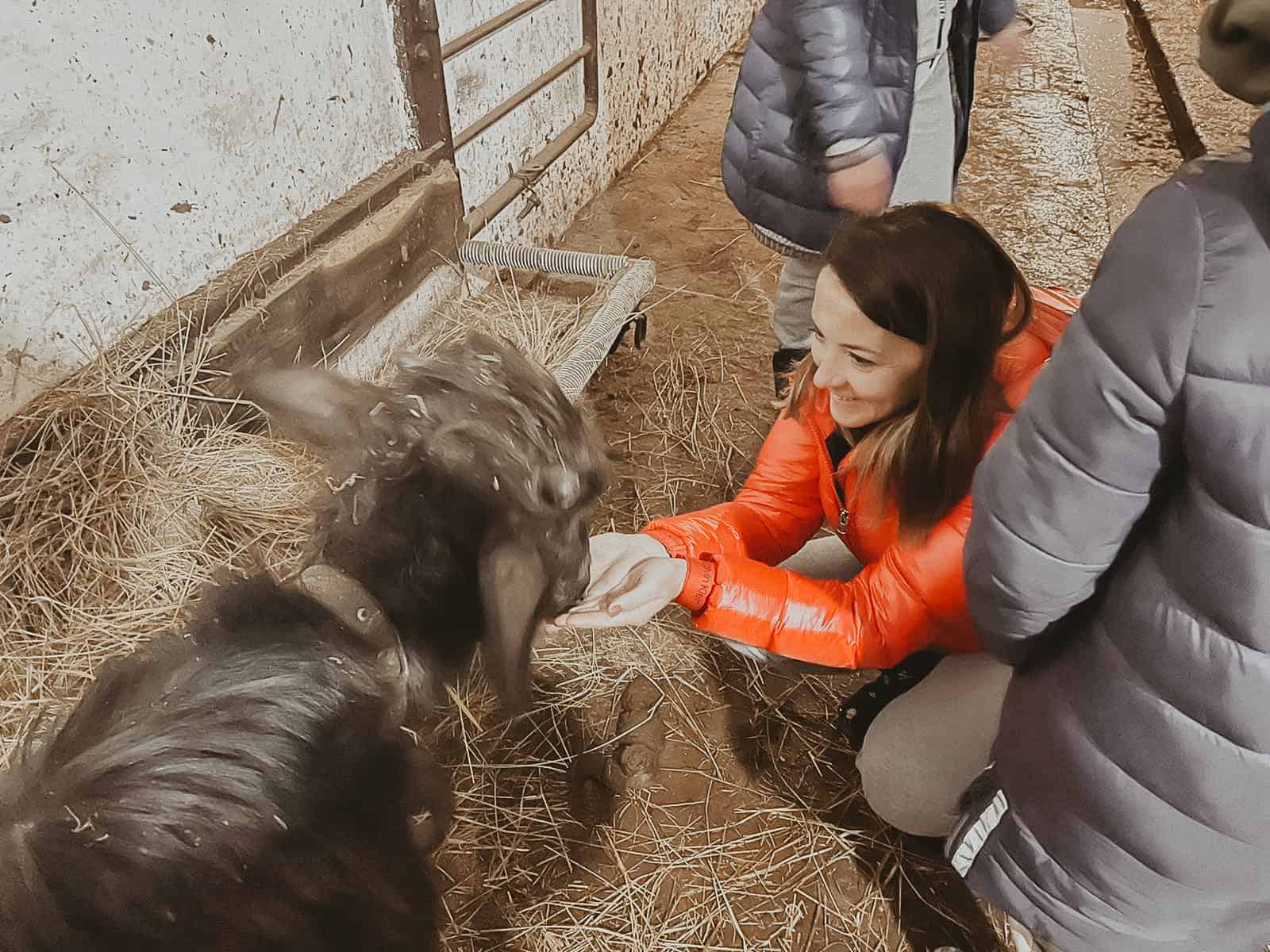
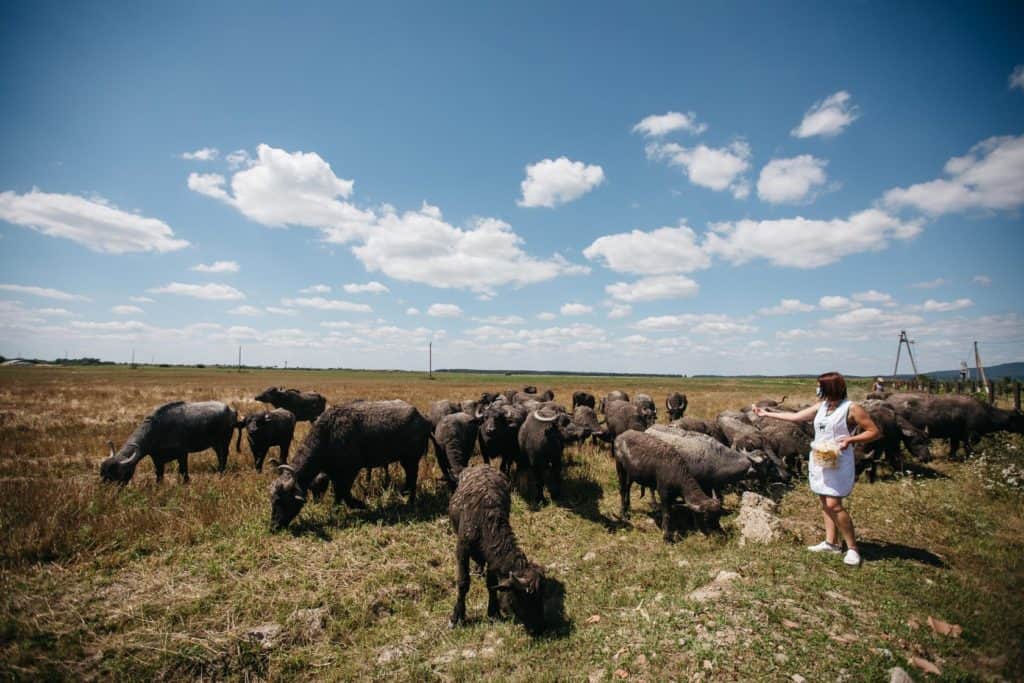
As Ukrainian consumers have become more aware of and knowledgeable about different kinds of cheeses from around the world, cheesemakers have responded by making their own versions of these cheeses. Gouda-like, semi-hard cheeses became widespread partially under the influence of the former Soviet Union, when many cheesemakers had the opportunity to study under or invite other cheesemakers from the Netherlands to Ukraine. Ukrainian cheesemakers add their own flair with local ingredients such as fenugreek, nettles, hemp, and other herbs. The popularity of washed and natural rind cheeses is also growing, although one such cheese, Selysky, has existed in Ukraine for many years.
Some fresh cheeses, such as halloumi and the similar Adyghean cheese, gained popularity a long time ago under the influence of Georgian culture. Other fresh cheeses are rooted in Ukrainian culture, including Bryndzya, a feta-like sheep’s milk cheese; budz, a smoked cow’s and or sheep’s milk cheese, and slightly sweet vurda—all of which are made in the Carpathian mountain region of western Ukraine. In November 2019, Hutsul Bryndzya became the first Ukrainian product to earn Protected Geographical Indication status from the EU. This salty, crumbly cheese has a mildly spicy flavor with a long-lasting spicy-herbal, sometimes tannic aftertaste, which distinguishes it from similar cheeses (i.e. feta) produced elsewhere.
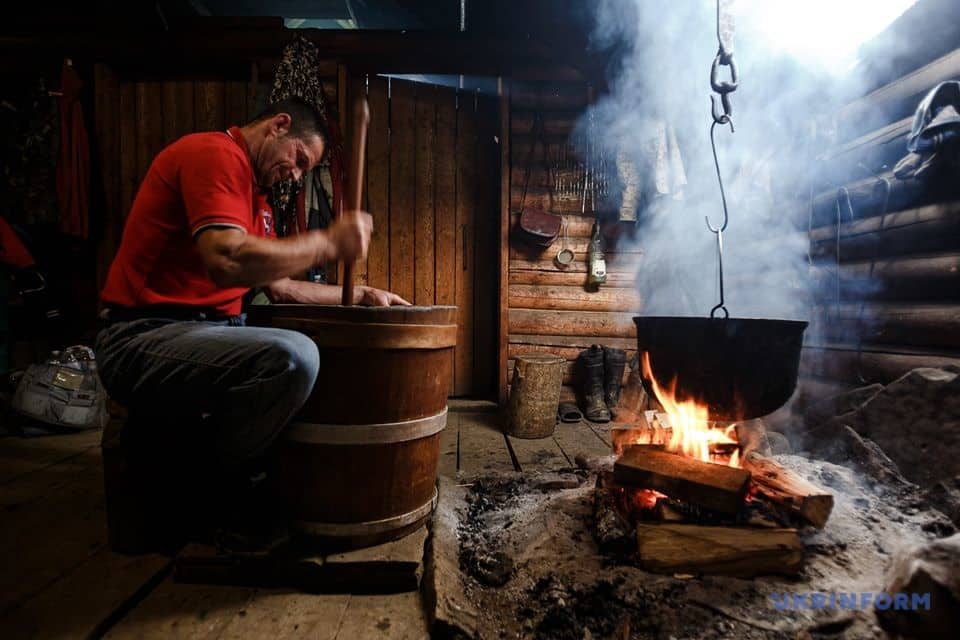
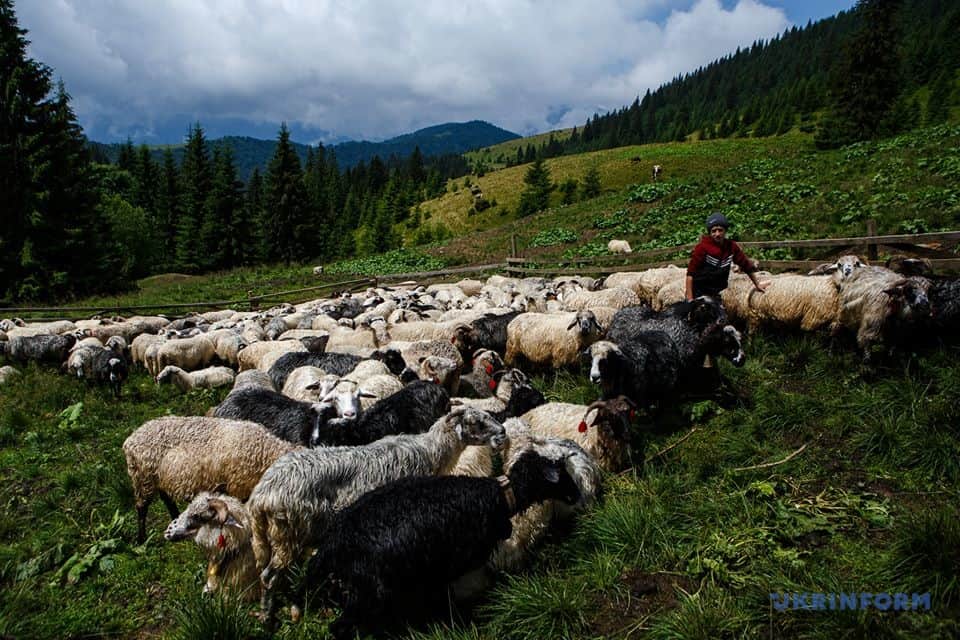
In the central region of Ukraine, Dooobra Farm makes cheeses from goat’s milk, including some similar to Gouda, such as Bikoz (aged 10 months) and Legend (aged 12 months).
In the Kyiv region, Babyni Kozy began its operation by breeding Saanen goats. The creamery now produces cheeses of various categories: hard caprinos, brie-style soft-ripened cheeses, and fresh cheese in balls in glass jars, which are especially popular in Ukraine.

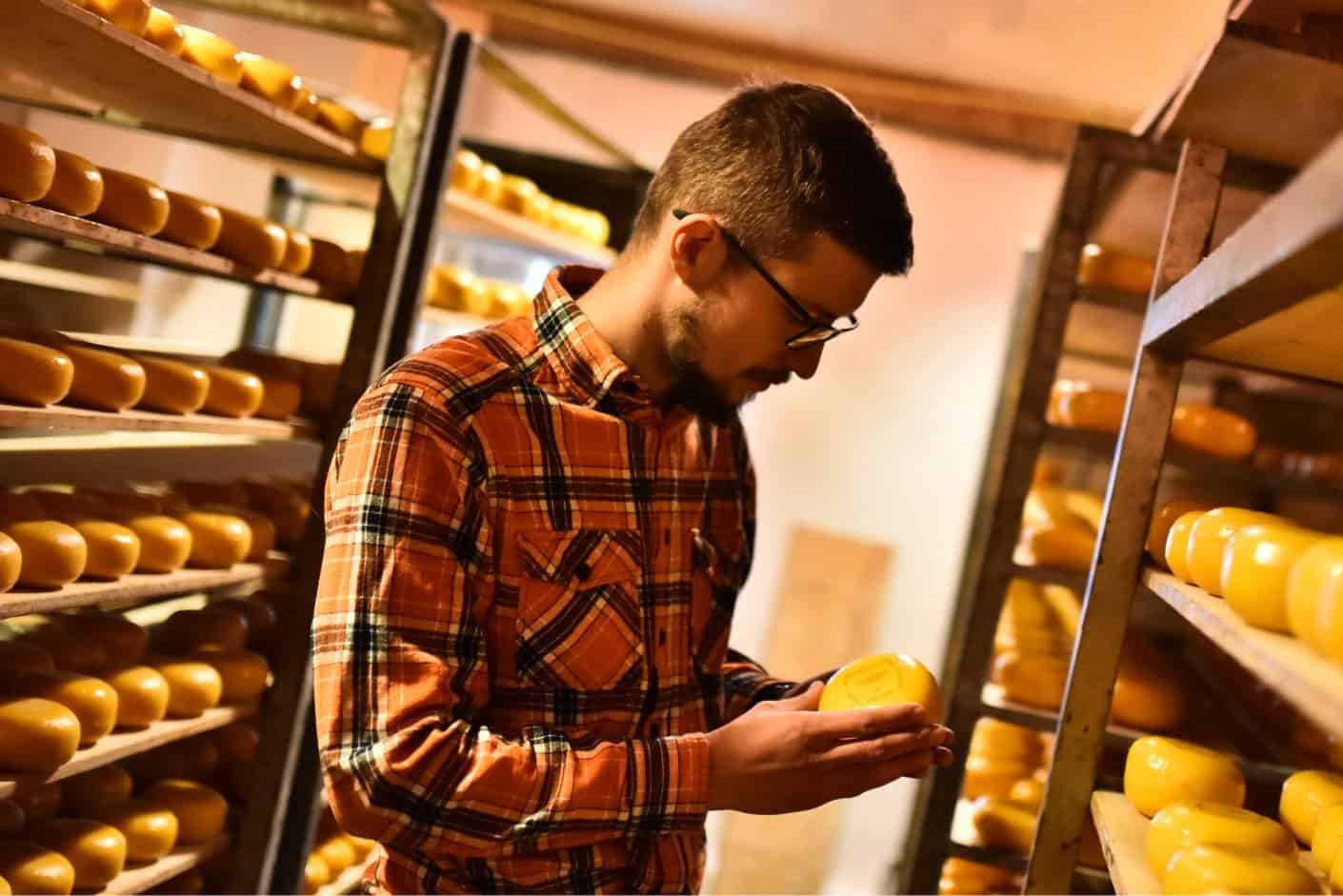
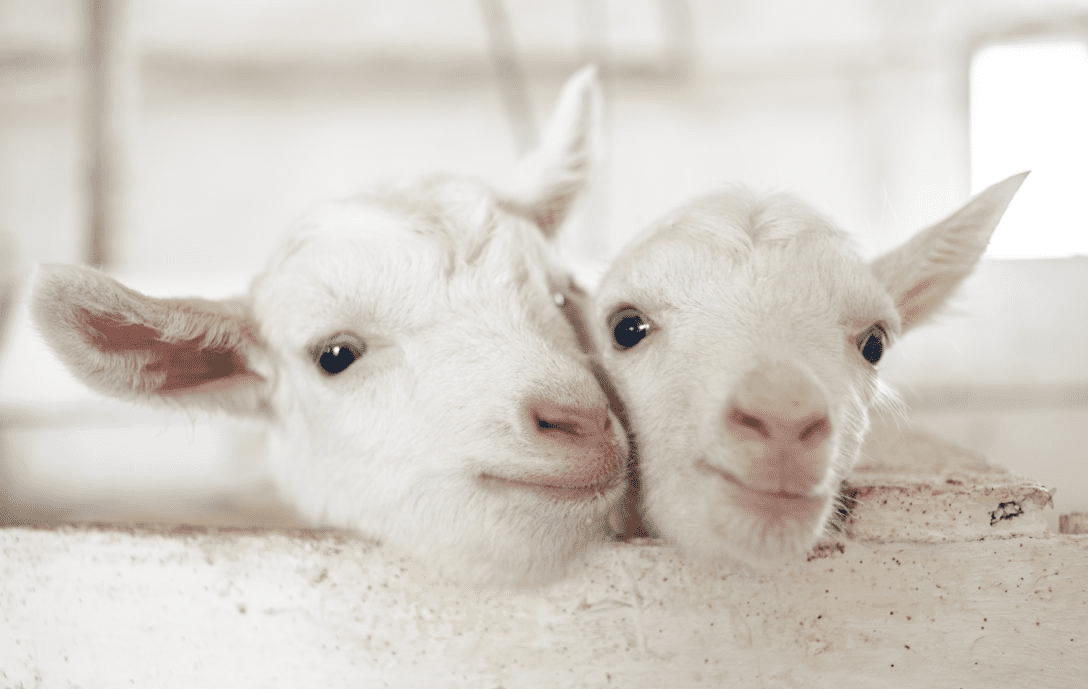
Bessarabia, in the southwest of Ukraine, is a fascinating region with a history that has not yet been fully discovered. A thousand years ago, sheep breeding was already flourishing there, and cheesemaking has been influenced by both the Turks and the Greeks. Here at Shchedra Okolytsya, they make extraordinary halloumi for grilling with herbs.
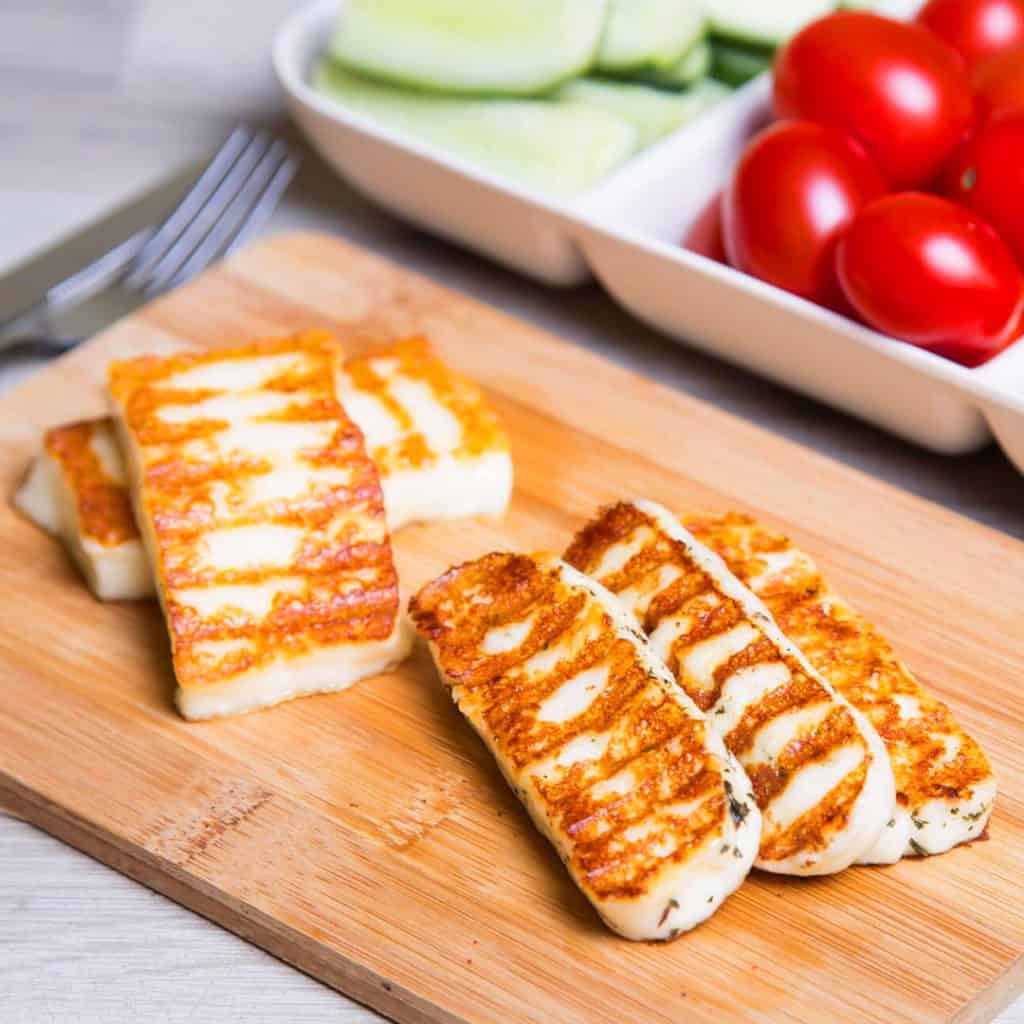
When the Western market opened up to us, store shelves began to be filled with newly imported cheeses for Ukrainians to try, including mozzarella and other fresh cheeses, which our company Ardis Group brought to Ukraine 23 years ago.
Diversity and competition have driven our cheesemaking market forward, as passionate cheesemakers were inspired to study in the famous cheese countries of Western Europe, and consumers became more open to learning new things.
During the war, many cheesemaking operations have been destroyed, and the Ukrainians’ purchasing power has been reduced. However, no matter what, we believe in victory and the quick recovery of the industry thanks to the increasing desire of our people to develop Ukrainian products.
Our country is ready to show its cheeses to the world. To that end, we are working on a new project, “Ukrainian cheeses at the World Cheese Awards.” We will select the 50 best cheeses in our country and deliver them to Britain free of charge, as a charity to support our cheesemakers. We may not have been able to host the WCA this year, but our cheeses will be there, and one day, we will.


